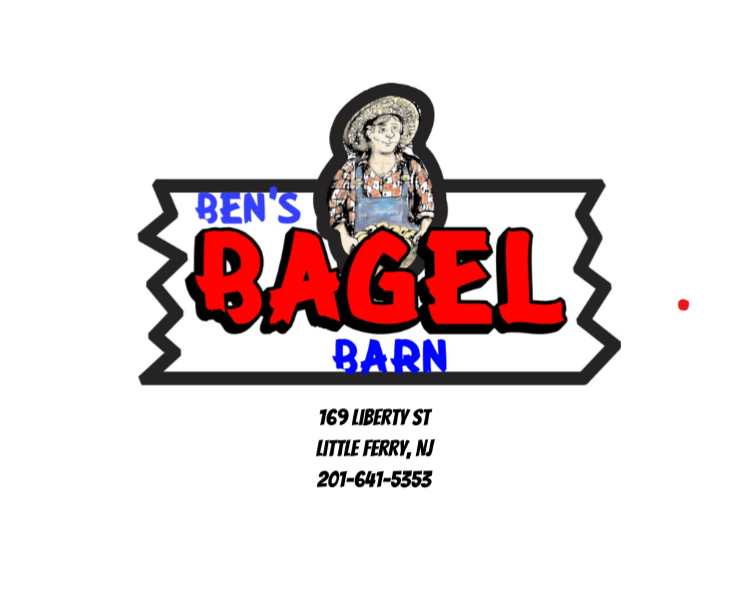
Over the last 14 years, YouTube has become the Internet’s main source of video media. YouTube is one of the Internet’s monopolies and at this point, YouTube has little to no competition. However, in recent years, YouTube’s user base has slowly began to resent the company, especially with controversies such as YouTube Rewind 2018, demonetization, etc., gradually separating YouTube with its creator base. Unfortunately, a recent change has come to once again question YouTube’s title, further growing resentment with its users: COPPA.
COPPA, or Children’s Online Privacy Protection Act, is a law established in 1988 that establishes certain restrictions on the data that online sites can collect from minors under 13 (or lack thereof). Every 10 years or so, COPPA is re-evaluated and changed, as to keep up with the rapidly-changing technological era. However, the FTC altered COPPA recently, before the 10 year mark, due to complaints concerning YouTube’s data policy.
In summation, YouTube settled on paying a fine (170 million USD) and as a result, YouTube must comply with the new rules of COPPA. What are these new rules? For one, all YouTube creators must mark and categorize their videos, signifying whether or not a video is made or intended for children. The problem arises, however, with the effects that come with marking a video as “for children”. If a video is marked for children, all comments and notifications are turned off and the video makes 90% less revenue. This is due to the fact that videos intended for children cannot collect data from minors, meaning that children’s videos will no longer receive targeted ads (YouTube’s main source of revenue). Now, what’s stopping a creator from marking a video as not for children?
In compliance with COPPA, YouTube has also created a bot that will scan videos throughout the platform, searching for children’s content. The claim by the bot can be overridden, but along with the settlement, the FTC also defined the criteria of a kid’s video, and if a video is marked incorrectly, a creator may be charged up to $42,000 per claim (meaning per video). According to the FTC, videos easily understandable by minors under 13, videos with visually appealing and kid-friendly animations, videos with vibrant colors and those that promote products commonly used by children, and videos with “kid’s toys” such as LEGOs are marked as children’s videos.
This poses a major threat to YouTube’s toy and animation channels as these videos can be marked by YouTube’s bot and thus make 90% less revenue. This, much like demonetization (which limits raunchy and edgy videos), limits the content that creators can produce.
Whether or not YouTube will enforce COPPA as strictly as they state is yet to be determined. However, one thing is for sure: with increasing resentment towards YouTube, it’s only a matter of time before one of the Internet’s most beloved monopolies begins to crumble.

